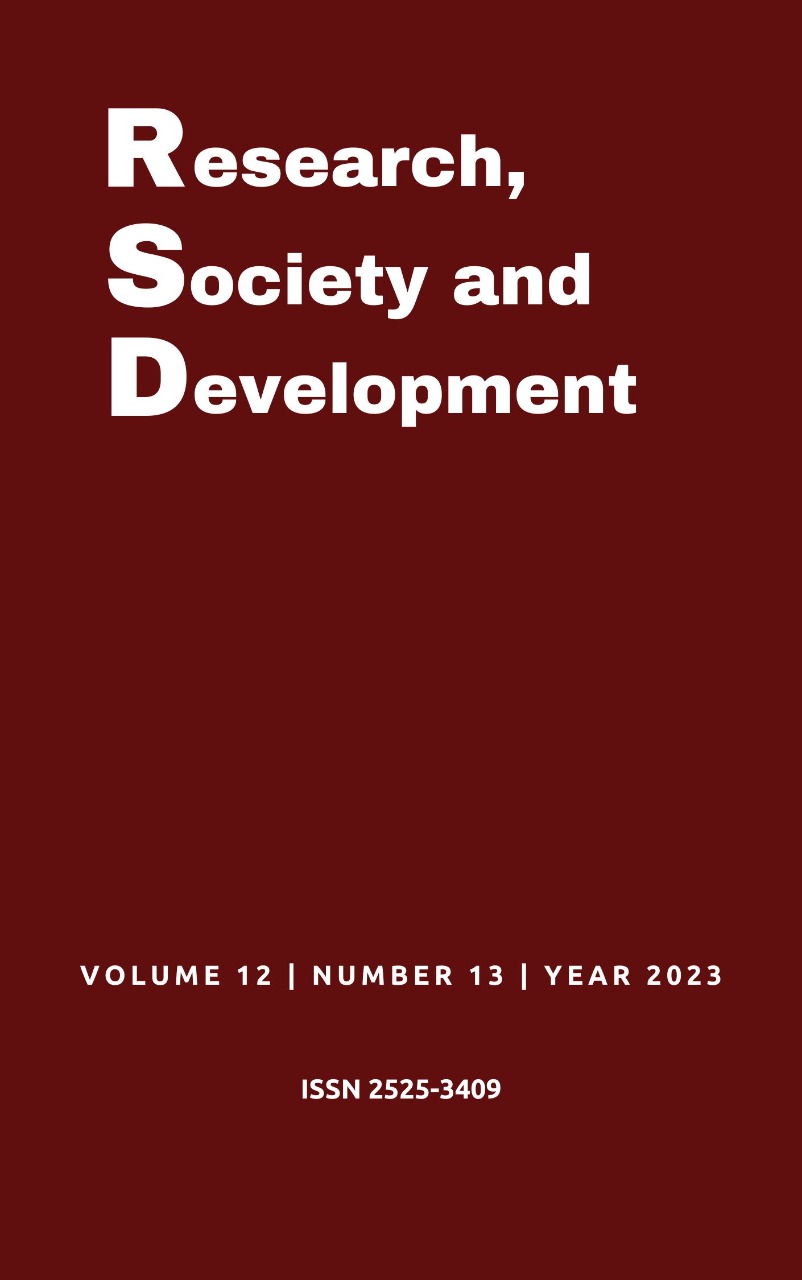Measuring Latin American political instability since independence
DOI:
https://doi.org/10.33448/rsd-v12i13.44228Keywords:
Political instability, Latin America, Dataset, Political institutions, Independence.Abstract
This article presents definitions and novel data on four different ways to operationalize political instability: coups d’etat, constitutional endurance, chief executive turnover, and completed executive terms. We cover nineteen Latin American countries since independence until 2005, thus compiling a dataset of country-year observations. Additionally, we code the years in which -independently of regime type- some modicum of political opposition was allowed. The data reveals high levels of intra and inter country heterogeneity, but we are able to offer a periodization of general patterns of regional instability over the past two centuries. First, after independence Latin Americans faced a long period of institution building that was highly unstable. Second, the last decades of the nineteenth century witnessed remarkable improvements in terms of political stability. Third, military coups challenged the incipient history of stability around 1930. Fourth, after 1980 the trend is towards stability. Finally, political pluralism existed in two thirds of the observations in the dataset. The analysis of the evolution of opposition and completed terms across countries is indicative, however, of intra regional heterogeneity.
References
Aguilar Rivera, J. A. (2001). El manto liberal de los poderes de emergencia en Mexico 1821-1876. Universidad Nacional Autonoma de Mexico.
Ake, C. (1974). Modernization and Political Instability: A Theoretical Exploration. World Politics, 26(4), 576-591.
Alesina, A. & Perotti R. (1997). The Welfare State and Competitiveness. American Economic Review, 87(5), 921-39.
Alesina, A. & Perotti, R. (1996). Income Distribution, Political Instability and Investment. European Economic Review 40(6), 1203-1228.
Banks, Arthur. (2002). Cross-National Time Series Data Archive. https://www.cntsdata.com/
Barro, R. (1990). Economic Growth in a Cross Section of Countries. Quarterly Journal of Economics, 106, 407-443.
Cukierman, A., Edwards. S. & Tabellini, G. (1992). Seignioriage and Political Instability. American Economic Review, 82(3), 537-55.
Emery, T. J., Kovac, M. & Spruk, R. (2023) Estimating the Effects of Political Instability in Nascent Democracies. Jahrbücher für Nationalökonomie und Statistik, 243(6), 599-642. https://doi.org/10.1515/jbnst-2022-0074
Fausto, Boris. (1999). A Concise History of Brazil. Cambridge University Press.
Gargarella, R. (2005). Los fundamentos legales de la desigualdad: El constitucionalismo en América (1776-1860). Siglo XXI.
Gargarella, R. (2004). Towards a Typology of Latin American Constitutionalism, 1810-60. Latin American Research Review 39(2), 141-153.
Gupta, D. K. (1990). The Economics of Political Violence: The Effects of Political Instability on Economic Growth. Praeger.
Huntington, S. P. (1968). Political Order in Changing Societies. Yale University Press.
Haring, C. H. (1947). The Spanish Empire in America. Harcourt, Brace & World.
Hurtado, O. (1980). Political Power in Ecuador. University of New Mexico Press.
Londregan, J. K. & Poole. (1990). Poverty, the coup trap, and the seizure of executive power. World Politics, 92: 1-24.
Loveman, Brian. (1993). The Constitution of Tyranny. Regimes of Exception in Spanish Latin America. Pittsburgh: University of Pittsburgh.
Marshall, M. G. & Jaggers, K. (2002). Polity IV Dataset version p4v2002e [Computer File]. Center for International Development and Conflict Management, University of Maryland.
Martínez, C. (2021). Presidential Instability in Latin America: Why Institutionalized Parties Matter. Government and Opposition, 56(4), 683-704. 10.1017/gov.2020.18
Needler, M. (1968). Political development in Latin America, instability, violence, and evolutionary change. Random House.
Przeworski, A., Alvarez, M., Cheibub, J. A. & Limongi, F. (2000). ACLP Dataset in Democracy and Development: Political Institutions and Material Well- Being in the World, 1950-1990. Cambridge: Cambridge University Press.
Russett, B. M. (1964). Inequality and Instability: The Relation of Land Tenure to Politics. World Politics, 16(3), 442-454
Schneider, F. & Frey B. (1985). Economic and Political Determinants of Foreign Direct Investment. World Development, 13, 161-175.
Skidmore, T. E. & Smith P. H. (2001). Modern Latin America. Fifth edition. Oxford University Press.
Rouquie, A. (1994). The military in Latin American Politics since 1930. The Cambridge History of Latin America, vol. VI: 1930 to the Present, Leslie Bethell Cambridge University Press, 233-306.
Yashar, D. J. (1997). Demanding Democracy. Reform and Reaction in Costa Rica and Guatemala 1870s — 1950s. Stanford University Press.
Zendejas, J. F. & Ford Cole, F. (2021) Sovereignty and Debt in Nineteenth-Century Latin America, in Pierre Penet, and Juan Flores Zendejas (eds), Sovereign Debt Diplomacies: Rethinking sovereign debt from colonial empires to hegemony. Oxford. https://doi.org/10.1093/oso/9780198866350.003.0003.
Downloads
Published
Issue
Section
License
Copyright (c) 2023 Carolina Curvale

This work is licensed under a Creative Commons Attribution 4.0 International License.
Authors who publish with this journal agree to the following terms:
1) Authors retain copyright and grant the journal right of first publication with the work simultaneously licensed under a Creative Commons Attribution License that allows others to share the work with an acknowledgement of the work's authorship and initial publication in this journal.
2) Authors are able to enter into separate, additional contractual arrangements for the non-exclusive distribution of the journal's published version of the work (e.g., post it to an institutional repository or publish it in a book), with an acknowledgement of its initial publication in this journal.
3) Authors are permitted and encouraged to post their work online (e.g., in institutional repositories or on their website) prior to and during the submission process, as it can lead to productive exchanges, as well as earlier and greater citation of published work.


